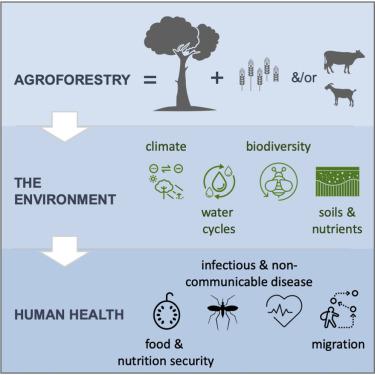The main focus of humanitarian organizations assisting refugees is on life-saving needs, starting with protection, health, food, water and shelter. Energy provision in forcibly displaced population settings is generally limited to the minimum requirement for essential services and critical operations of humanitarian actors. It also mostly depends on stand-alone diesel generators. According to estimates by the Moving Energy Initiative, ~80% of displaced populations in camps burn biomass such as firewood for cooking and ~90% have limited or no access to electricity1. The uncertainty around how long displacement settings will remain open, together with a shortage of funding and technical expertise, help explain the current situation. The complexity of the decision-making process leading to the development of energy infrastructures in the hosting country and a poor understanding of the energy needs of refugees add to the difficulties associated with deploying sustainable energy solutions for refugees2,3,4,5.

Access to sustainable and reliable energy in displacement settings is receiving increasing attention as a fundamental human need and an enabler of the longer-term development of refugees and their host communities. In addition to environmental benefits, clean electricity access in refugee settlements is associated with improved health, water, education services, security, gender-based violence reduction and opportunities for income-generating activities6. As a recent example, the presence of a solar-powered mini-grid in the Kalobeyei settlement (Kenya) increased the number of informal businesses run by refugees and host communities, with cooled beverages vendors, phone charging spots, hair-dressers and many other enterprises sprouting. A branch of a local bank was also opened inside the settlement7.
Acknowledging the need to move past pilot projects and scale up the efforts, overarching initiatives such as the Clean Energy Challenge and the Global Platform for Action (GPA) on sustainable energy in displacement settings (https://www.humanitarianenergy.org/) have emerged3. Nevertheless, if the goal of deploying sustainable energy solutions is obtaining long-term impacts4, it is crucial to address another of its main obstacles: the lack of quality and accessible data. Together with humanitarian and development organizations, the academic literature has repeatedly highlighted the need to improve the collection, management, analysis and sharing of energy data in the humanitarian context as a means to foster and shape a significantly improved, collective response5,8,9. Achieving access to sustainable energy relies on interinstitutional cooperation, local governments, donors and the private sector. For this reason, access to reliable data is essential to understand the full range of the energy needs, to design and plan effective evidence-based interventions and to coordinate the release of financial aid.
One of the working areas of the GPA10addresses the need for harmonized data practices to track, prioritize and support progress in energy access of displaced communities. Preliminary work has outlined the core indicators for global and project-level data that should enter a common framework for sustainable energy data collection, analysis and sharing. Other initiatives include the Energy Monitoring Framework (https://eis.unhcr.org/home), tracking energy programmes funded by the United Nations High Commissioner for Refugees (UNHCR) and the Moving Energy Initiative (https://www.chathamhouse.org), promoting learning by doing via pilot projects (in Burkina Faso, Kenya and Jordan). The projects Humanitarian Engineering and Energy for Displacement (http://heed-refugee.coventry.ac.uk/), Renewable Energy for Refugees (https://data.humdata.org/organization/practicalaction) and Energy Solutions for Displacement Settings (https://energypedia.info/wiki/Energy_Solutions_for_Displacement_Settings), also share evidence from energy interventions in Nepal, Jordan and a few African countries, including sensor data and surveys about energy usage.
Despite these initiatives, the information around energy supply, needs and costs in displacement settings remain scarce, fragmented and primarily focused on the progress achieved rather than the work ahead. To contribute filling such a knowledge gap, this work’s findings are collected in the Refugee Settlements Electricity Access Database (RSEA DB). Intended to be openly shared with the academic community and other shareholders, the RSEA DB includes detailed and harmonized quality data on the electricity needs, potential technical solutions and associated costs for almost 300 refugee settlements in sub-Saharan Africa (SSA). The data collection process, the methods designed to estimate unavailable information and size suitable technical solutions are briefly described. Then the focus is on what one can learn from these data. Here, an estimation is derived of the effort needed to deliver sustainable electricity access to all the observed refugee settlements. Furthermore, the data can be used, in combination with earth observations, to address a broader range of research questions (the example given here concerns the interaction of refugees with the host community) and to disseminate knowledge. Consistently, a vision is laid out for open-access humanitarian data to support further research and help humanitarian agencies to achieve Sustainable Development Goal 7 (SDG 7).




